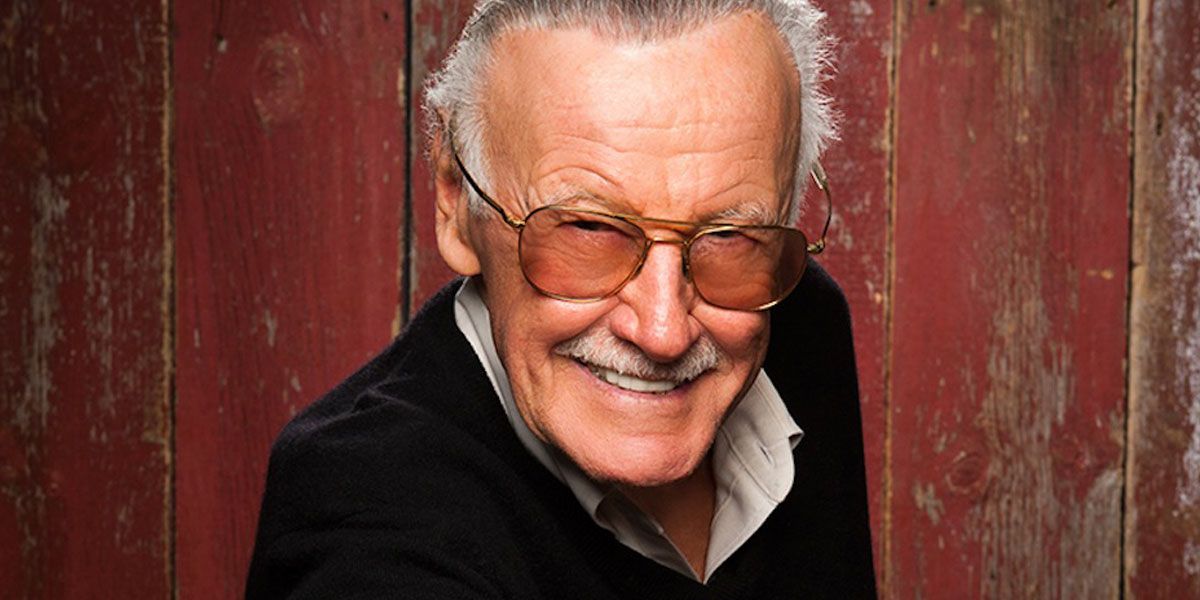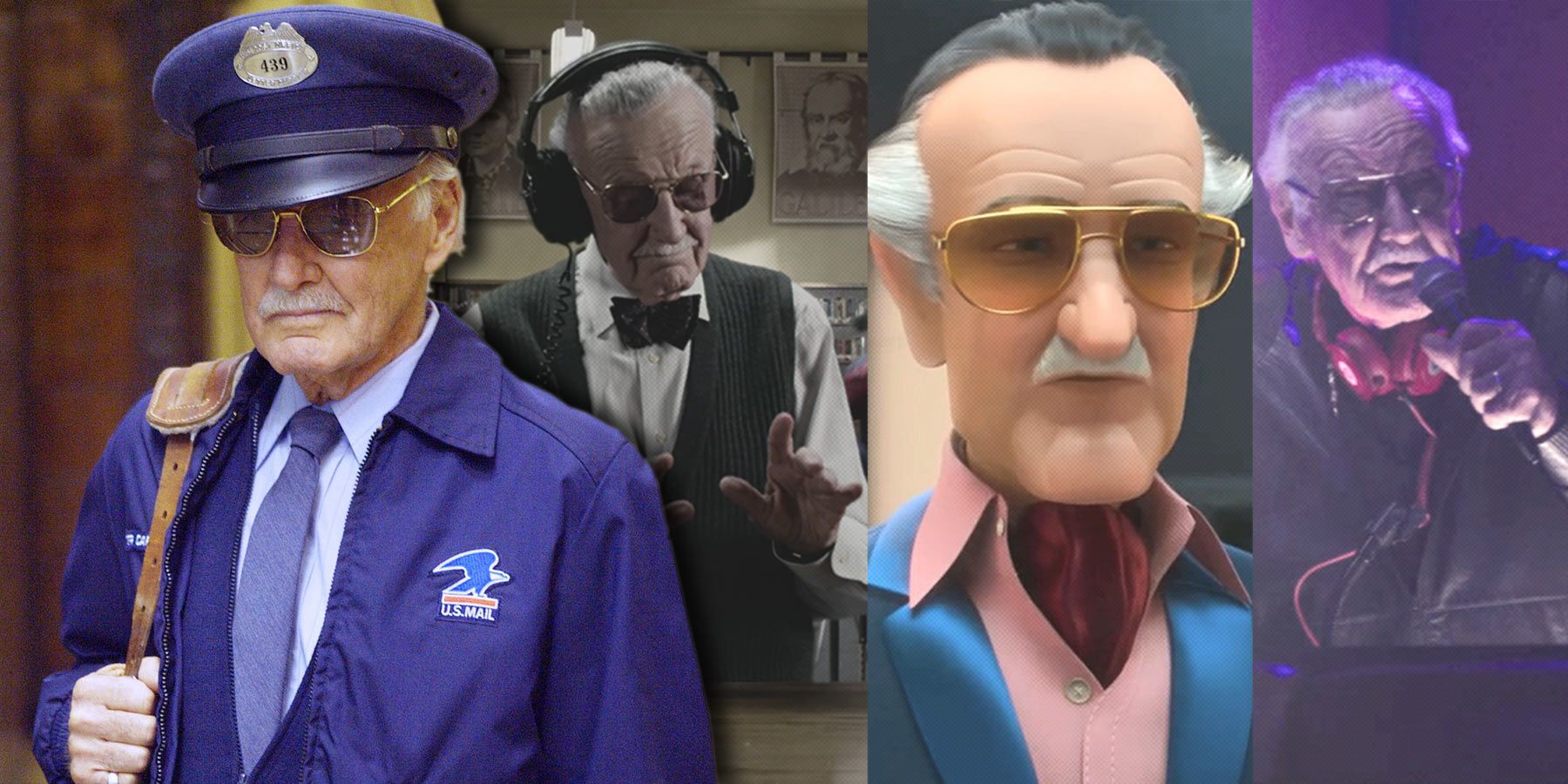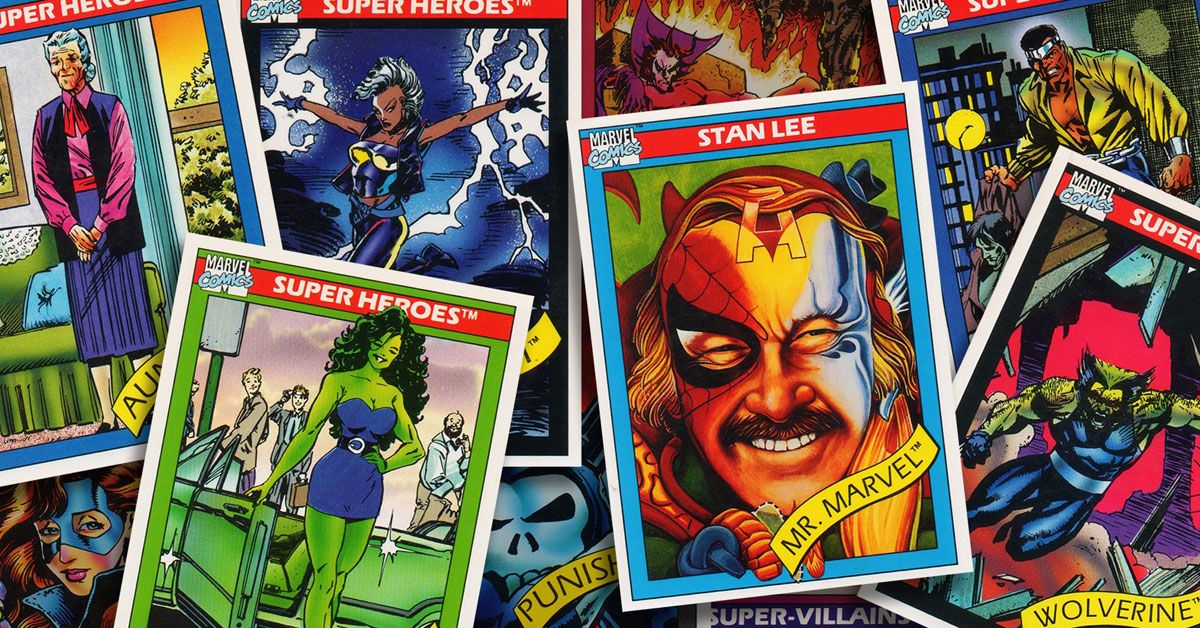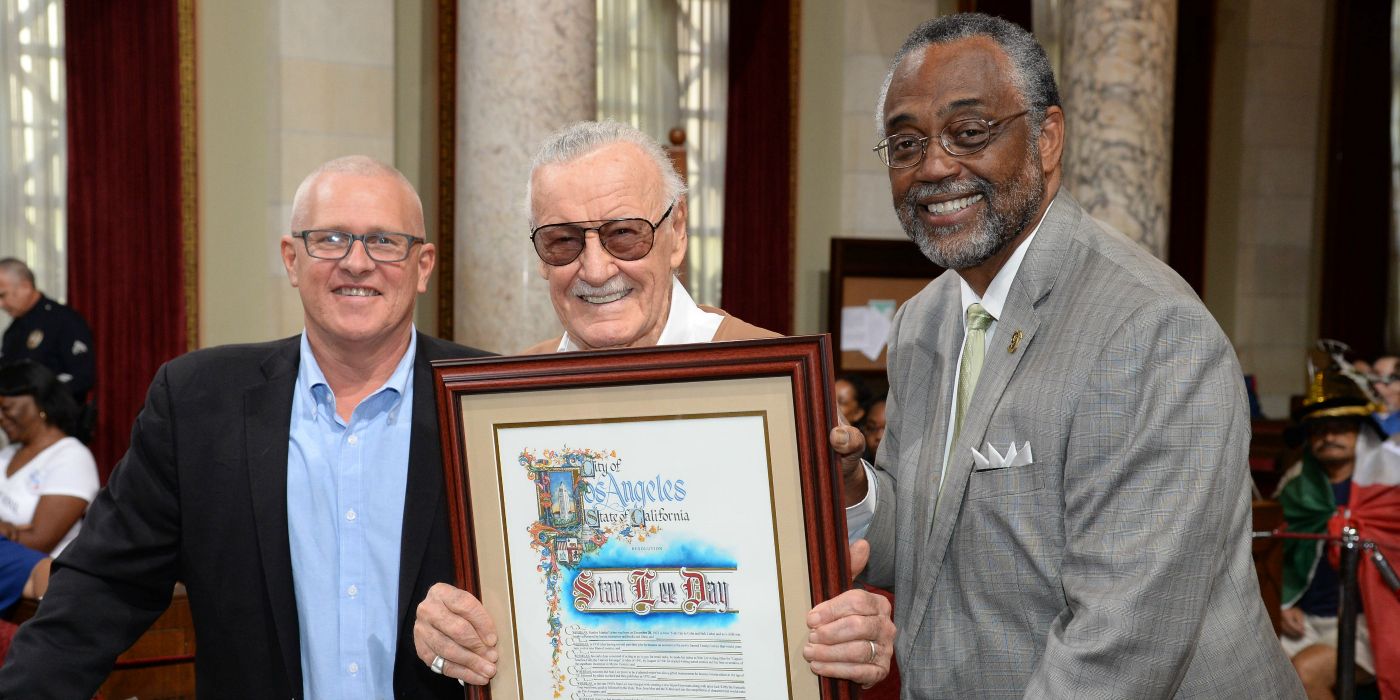Today, Stan Lee turns 94. A writer and editor with thousands of stories under his belt, his most unlikely one is probably the story he lived, where starting as an employee of a once-obscure publishing house he became a geek icon, an art form’s most public emissary, a figurehead maligned for glory-seeking, a respected institution and even a movie star.
Thanks to Stan Lee, generations of comic book fans can appreciate that the best heroes are, always, complicated. Not only on the page, where as a writer Lee was credited for endowing Marvel heroes like Spider-Man, Thor, the Hulk and the X-Men with feet of clay; making them both more vulnerable and more accessible than their superpowered predecessors -- but also in real life, where those that grew up most dedicated to the stories and artform and accepted Lee (born Stanley Martin Lieber) as the de facto father and co-creator of the vast Marvel line would come to learn that no origin story is quite so simple, few successes have singular authors, and that the same charisma that can inspire the most mirth can obscure more nuanced realities.
RELATED: Stan Lee: 15 Characters You Didn’t Know He Co-Created
One thing remains inarguable -- through his voice, showmanship and sense of community with readership, Stan Lee made Marvel Comics fun. Artists like Jack Kirby, Steve Ditko and John Buscema may have been more essential storytellers than people understood for the majority of Lee’s time as the ambassadorial face of Marvel, but it was Lee that inspired the devotion of fandom through the informal and even conspiratorial tone he used to address them via editorial notes, letters pages and his "Stan's Soapbox" column.
Once upon a time, before comic book heroes were synonymous with Hollywood superstars, being a comic fan was an often lonely enterprise. Whether due to its history within the commercial creative fields as a second-class medium or a broader culture that often diminished the value of the most imaginative arts, comics weren’t, y’know, "cool." From the outside, anyway.
But fans knew better. And every month, they’d crack open their favorite Marvel comic, and somewhere in there Stan would remind them that they held in their hands an artifact of rare and underappreciated greatness. He would flatter them by calling them things like “True Believers,” implying their superiority over the ignorant masses, and promise them, always, that the best was yet to come from the Marvel Comics and characters they loved so dearly. He promised Marvel readers that their love for the characters put forth by the so-called “House of Ideas” would make a vanguard of them.
And the thing is, Stan was right.
Look at the world today: With annual box office returns in the high hundreds of millions, Marvel is the biggest brand in entertainment. And no, of course this is not due merely to the singular genius of the editor who knew well enough to brand himself “Stan ‘The Man’ Lee,” nearly as much as it is a testament to the dedication and craftsmanship of the hundreds of creators who took the world that he helped to develop and make more of it. But the loyalty that brought readers back month after month, the movement that was Marvel fandom, is probably Lee’s greatest creation.
Most of us are too young to have grown up reading comics with Stan’s name anywhere but the masthead. When I came to be a Marvel fan, he was already an iconic institution. In fact, I came to recognize him best when he was made a part of the 1990 Marvel Universe trading card set. It was a perfectly farcical inclusion, that a set of hundreds of fictional heroes and villains would also feature the fast-talking huckster that excitedly sold those funnybooks in the real world everywhere he could.
On the front of the card, his face was an amalgam of the many creations he’d had a hand in, and the “facts” on the back were the sort of mix of truth and myth that make a legend. Stan had made a habit of installing himself and collaborators (and fellow legends) like Jack Kirby within the pages of their stories (a postmodern practice that would later be adopted by boundary-pushers like Grant Morrison), and for an impressionable youth, recognizing the absurdity of this trading card became one of the first “in-jokes” I ever appreciated. Feeling included in the gag was a powerful sensation, and made Marvel “mine” in an ineffable way.
As a storyteller, Lee’s best work always dealt with binaries, and the fragility of ego. Peter Parker was nebbish and insecure, but Spider-Man was showy and (mostly) capable. Dr. Doom was a monstrous intellect who could not stomach second place. Bruce Banner was a victim and a culprit. Charles Xavier was an instructor in the practices of both peace and warfare. With almost all the characters he helped shepherd to newsstands and screens, their strengths and weaknesses were inexorably linked.
The same might be said for Lee, who was often credited as the "creator" of Marvel characters that were brought to life on the page by less recognized artists, many of whom would come to resent Lee not only for his notoriety but for the steadiness of the paychecks he received as the commercial face of Marvel and his long standing as chairman emeritus. It would be unfair to place the entire burden of this injustice on Stan, as much of that papering-over was the product of overly reductive reporters eager for a direct story of a singular creative genius. After all, the first line on that 1990 Marvel trading card was, "Aided by some of the most talented artists in the comics biz, Stan Lee created virtually the entire Marvel Universe."
Still, those most devoted to Stan’s creations were also those most likely to do the most research into the real practices behind the so-called “Marvel method” of storytelling, where broad outlines were supplied by Stan to artists who would labor over pages and make countless narrative decisions and in turn hand the work back to Lee, who would add dialogue and a “written by” credit. Ultimately, the people who loved Stan’s work most were the first ones to realize the limitations of his responsibilities.
But legends are persistent. A decade after that trading card "in-joke," and as Marvel characters came to greater prominence outside of comics, a new tradition would commence -- one that enshrined Stan as Marvel’s avatar for generations to come. In 2000’s “X-Men” film, Stan made the first of his many Marvel movie cameos, which would see him pop up like Alfred Hitchcock in nearly every big-picture Marvel adaptation. Millions have seen these Marvel movies, but at first only the “True Believers” recognized Stan, and recognized his appearances as a celebratory hat-tip not just to the stories he told, but the culture he encouraged and helped to flourish.
Recently included in a Hollywood Reporter feature alongside other iconic Hollywood nonagenarians like Jerry Lewis, Norman Lear, Dick Van Dyke and Betty White, Stan Lee is one of the most famous storytellers in the world. His ascent was powered by the appreciation of the fans he inspired with the creative ways he challenged both his and their energy and passion. Together, they did something not even Doctor Doom could: they took over the world.
‘Nuff said.




